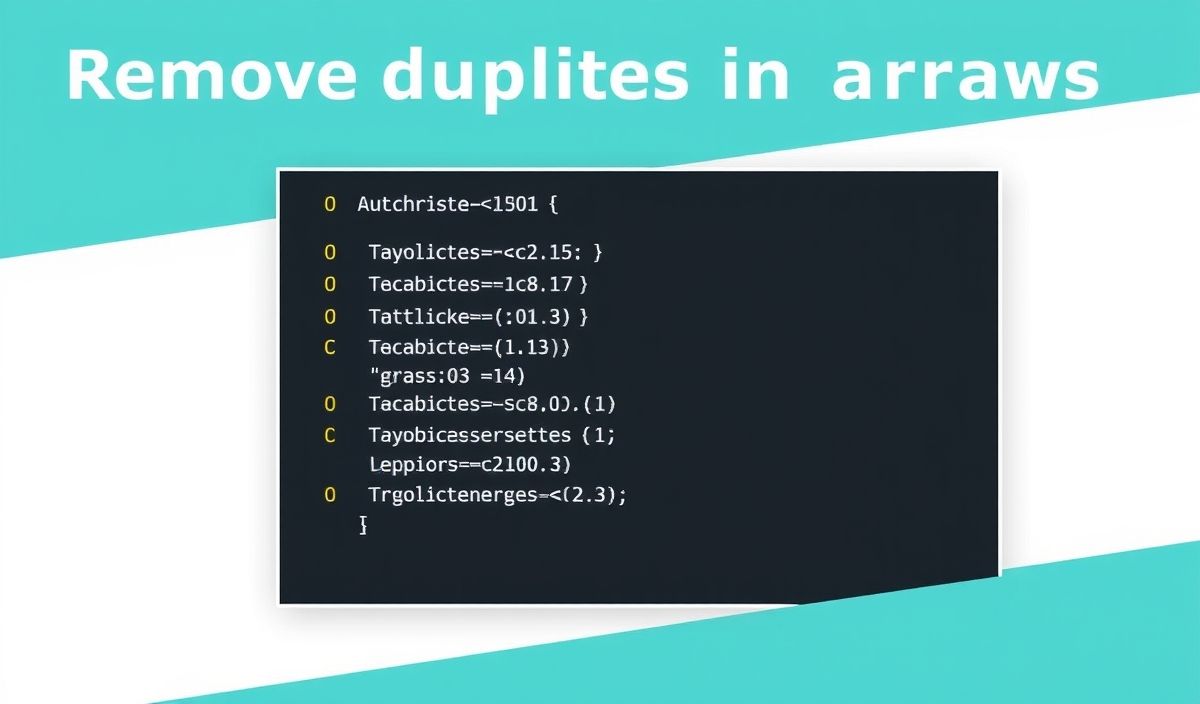Understanding Array Unique Methods in JavaScript
In JavaScript, working with arrays is a common task. Ensuring that arrays contain unique values is crucial for optimizing performance and ensuring data integrity. This blog post will explore several methods to achieve unique arrays and provide detailed code snippets and an app example.
Using the Set Object
The Set object is a built-in JavaScript object that allows you to store unique values of any type. You can use the Set constructor to create a new set from an array, ensuring all values are unique:
let numbers = [1, 2, 2, 3, 4, 4, 5];
let uniqueNumbers = [...new Set(numbers)];
console.log(uniqueNumbers); // Output: [1, 2, 3, 4, 5]
Using the Filter Method
The filter method creates a new array with all elements that pass the test implemented by the provided function. You can use it to filter out duplicate values:
let numbers = [1, 2, 2, 3, 4, 4, 5];
let uniqueNumbers = numbers.filter((value, index, self) => self.indexOf(value) === index);
console.log(uniqueNumbers); // Output: [1, 2, 3, 4, 5]
Using the Reduce Method
The reduce method executes a reducer function on each element of the array, resulting in a single output value. It’s also possible to use it to filter out duplicates:
let numbers = [1, 2, 2, 3, 4, 4, 5];
let uniqueNumbers = numbers.reduce((unique, item) => unique.includes(item) ? unique : [...unique, item], []);
console.log(uniqueNumbers); // Output: [1, 2, 3, 4, 5]
Application Example
Let’s create a simple JavaScript application that uses these methods to ensure a list of user-submitted numbers is unique:
document.getElementById("addNumber").addEventListener("click", addNumber);
let numbers = [];
function addNumber() {
let number = parseInt(document.getElementById("numberInput").value, 10);
numbers.push(number);
displayUniqueNumbers();
}
function displayUniqueNumbers() {
let uniqueNumbers = [...new Set(numbers)];
document.getElementById("uniqueNumbers").textContent = uniqueNumbers.join(", ");
}
In this example, an input field is used for users to submit numbers, and a button to add the number to an array. The displayUniqueNumbers function ensures the array contains only unique numbers.
By implementing these methods and techniques, you can optimize your JavaScript applications and ensure your arrays are unique and efficient.
Hash: 6a8994bb4831d038dabf54f50197b8cb03fc5d5d70e92f9cc6f42669f527657f




